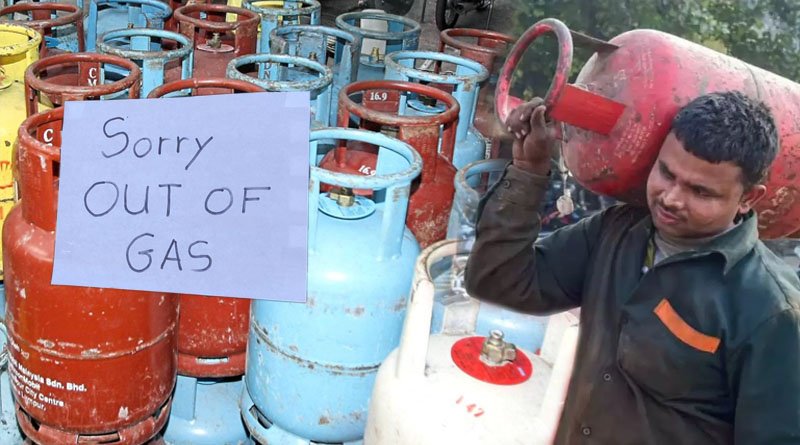Rana Tauseef Iqbal, a renewable energy expert, said that alternative energy solutions were becoming popular in the country as gas reservoirs dwindled.

Due to low pressure and an interruption in natural gas supply, residents of the Twin Cities are turning to alternative energy solutions. Rana Tauseef Iqbal, a renewable energy expert, said on Monday that alternative energy solutions were becoming popular in the country as gas reservoirs dwindled.
He stated that pellet stoves were in high demand during the winter season due to a natural gas shortage and that a pellet stove burns compressed wood or biomass pellets to generate heat for residential and sometimes industrial spaces.
Pellet stoves, according to Tauseef, use a 12-volt fan to regulate the heat and emit almost no smoke. He emphasised that, as an agricultural country, Pakistan produces vast amounts of biomass that can be converted into energy at a minimal cost.
As an agricultural country, Pakistan has a lot of biomass available, which can be a cost-effective source of fuel for pellet stoves. It is important to ensure that the pellet stoves are properly installed and used according to the manufacturer’s instructions to ensure safe and efficient operation.
He stated that biomass such as wood chips, pallets, shavings, grass, tree leaves, branches, cow dung, and vegetable waste could be used to generate energy. He described the gasification plant, another important alternative solution, as a technology that could benefit Pakistan.
According to him, biomass could be converted into gas for as little as Rs 50 per kilogram. “The produced gas can be used in stoves and to power generators that generate electricity,” he added.
He claimed that the gas could be stored for several days in specially designed gas balloons. He claims that indigenously manufactured gasifiers provide a solution for residential and commercial heating, electricity generation, and hot water production.
Iqbal emphasised that the synthetic gas was composed of carbon monoxide and hydrogen, which were safe and eco-friendly.